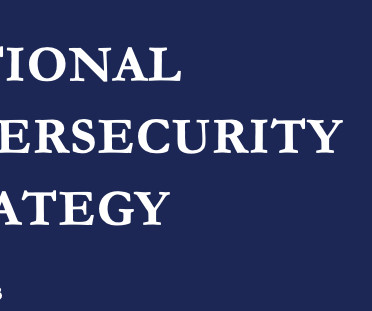Identifying People Using Cell Phone Location Data
Schneier on Security
JANUARY 9, 2023
But way back in 2012, the Canadian CSEC—that’s their NSA—did some top-secret work on this kind of thing. He is based in a rural area, so he can’t risk making his ransom calls from that area. There’s a whole lot of surveillance you can do if you can follow everyone, everywhere, all the time.


















Let's personalize your content